The AMPV family of armored vehicles and the process of replacing old M113
The US Army still has a large number of M113 armored personnel carriers and equipment based on them. These machines have long been morally and physically obsolete and need to be replaced. As their successor, the modern multipurpose AMPV platform has been developed. She has already reached mass production, and recently the first serial batches of such equipment hit the troops.
Future replacement
The Armored Multi-Purpose Vehicle (AMPV) Armored Multi-Purpose Vehicle (AMPV) development program was launched in March 2013 at the initiative of the US Army. Along with the request for information, the Pentagon published the main technical requirements for the project, and also disclosed a schedule for future work. Later, in October, the program plan was revised and approved for further implementation.
Based on the results of AMPV, the army wanted to get a modern tracked armored platform platform capable of replacing the old M113 armored personnel carrier and some samples based on it. Such an object was supposed to surpass the old technique in all basic parameters.
It was necessary to provide a higher level of protection, the ability to install various weapons or systems, as well as increase the useful volume and carrying capacity. With all this, the design had to be based on available units and have a high degree of unification with modern models of the US Army.
Applications for participation in the program were filed by BAE Systems and General Dynamics. By the spring of 2014, they completed the development of preliminary designs and submitted them to the customer for analysis. However, controversy arose at this stage. So, GD accused the Pentagon of dishonest drafting of the terms of reference: in her opinion, the terms of reference were drawn up for a competitor's project. However, the proceedings had no real effect, and GD defiantly withdrew from the program.
In December 2014, the only remaining participant, the American branch of BAE Systems, received a contract to continue development with the subsequent construction and testing of experimental equipment. All activities were given 52 months (4 years and 4 months) and $383 million.
Production plan
Under the terms of the 2014 contract, the contractor was to develop a unified platform and five variants of armored vehicles for various purposes. Then the construction of prototypes of all types was expected - a total of 29 units. With their help, they were going to conduct comprehensive tests, factory and army. Testing and fine-tuning were to be completed in 2019-20.
For 2020, they planned to sign the first contract for serial production, so far "at a low pace." This stage was to last three years. For the allotted time, the contractor had to build and transfer to the customer 289 AMPV machines of all types.
In FY2023 The Pentagon was going to issue BAE Systems the first contract for a full-fledged serial production. Over the next 10 years, it was supposed to purchase 2618 armored vehicles of various modifications. As a result of these processes, the total number of AMPVs built and transferred to the army should have exceeded 2900 units.
In 2013-14 the planned cost of the armored vehicle, taking into account development costs, was determined at $ 1,8 million. Accordingly, the entire fleet required $ 5,3 billion at the prices of that time. At the same time, all costs could be divided between several annual budgets of the future.
Plans for the production of equipment on the new platform are already known. The XM1286 MCmd command and control vehicle will become the most massive serial model. It is planned to purchase 993 such products. In the amount of 790 units. build ambulance vehicles XM1284 MEV. Also required are 216 XM1285 MTV Advanced Medical Vehicles. To replace the existing vehicle based on the M113, 386 XM1287 MCV self-propelled mortars will be purchased. In addition, 522 XM1283 GP "general purpose" vehicles will be built - this will be a multi-purpose protected transport.
Development and release
The developer company BAE Systems as a whole successfully coped with the development of a full-fledged project and proceeded to the assembly of experimental equipment. At the same time, it slightly lagged behind the original schedule. In addition, an additional contract was needed, due to which the development budget was brought up to $438 million.
However, prototypes built in 2016-18. passed the tests and confirmed the design characteristics. Such tests were carried out at army training grounds with different landscapes. At the later stages, the personnel of combat units were attracted to participate in them.
Based on the test results, in February 2019, a contract was signed for serial production at a slow pace. For the production of 289 units. equipment of various modifications allocated $585 million over the course of three years. Subsequently, the terms of this document were adjusted.
In July last year, it became known that the first production batch of AMPV armored vehicles in the "general purpose" XM1283 version is being tested at one of the land forces' training grounds. During these events, new equipment was mastered by crews from combat units. The features of its operation in conditions as close as possible to full-fledged service were also checked.
Production has reached the required pace and now allows you to re-equip the first parts. In January 2022, it was reported that the first batch of an unnamed number of AMPV-GPs had been transferred to the 2nd tank brigade of the 3rd Infantry Division stationed at Fort Stewart. The personnel of the unit began experimental military operation. In June, a similar set was received by the 69th tank regiment of the same division.
Until recently, AMPVs were tested and trial operation only in the United States. Now this technique is also being tested abroad - on difficult landscapes. In mid-August, it became known that several cars were transferred to the Tropic Regions Test Center in Panama. A photograph of the XM1283 armored vehicle on the road has been published.
How long the current tests and trial operation will continue has not yet been specified. It is likely that these activities will be completed in the near future. This will be followed by the signing of a contract for a full-fledged series and the official adoption of equipment for service.
On a ready basis
One of the main reasons why the Pentagon chose the BAE Systems AMPV project was its origins. The new unified platform was made on the basis of the M2 Bradley serial infantry fighting vehicle. This AMPV variant is actually an infantry fighting vehicle without a turret and a part of the internal equipment, capable of carrying one or another target equipment.
The AMPV platform effectively retained the original aluminum hull to withstand small caliber rounds from forward angles and bullets/shrapnel from all angles. In this case, the forehead can be equipped with dynamic protection, and the sides are covered with spaced armor modules.
The AMPV uses a power unit developed by BAE Systems for installation on existing or new armored vehicles. It is based on a 600 hp Cummins diesel engine. The chassis of the serial BMP has not undergone significant changes. Due to the replacement of the engine, it was possible to compensate for the increase in weight up to 34-36 tons and maintain driving characteristics at the level of the base machine.
The AMPV's own crew includes two people, a driver and a commander, whose functions depend on the type of vehicle. It is proposed to place up to six people and the necessary equipment in the central and aft parts of the hull. The crew has at its disposal an intercom for the required number of subscribers, means of voice communication, operational control, etc. Comfort and safety are provided by air conditioning and collective protection against weapons of mass destruction.
The XM1283 multi-purpose armored vehicle is actually a tracked armored personnel carrier. On the roof of its hull is placed a turret with a glazing, open from above, equipped with a large-caliber machine gun. There are six passenger seats in the landing compartment. In the fighting compartment of the XM1287 machine, an installation with a 120-mm mortar, 69 rounds and two mortars is placed. Shooting is carried out through the hatch in the roof. The command and staff XM1286 gets two jobs for commanders and a turret with a machine gun for self-defense.
The XM1284 recovery vehicle will be driven by a crew of three. In the habitable compartment, it will be possible to place up to six seated wounded or up to four stretchers. Their combinations are also possible. Loading will be carried out through the stern ramp, and equipment, medicines and materials will allow first aid. The XM1285 will have a crew of four and will only be able to carry one bedridden patient. At the same time, it will receive a more developed complex of medical equipment.
Obvious progress
Thus, the AMPV program is gradually moving towards the intended result. The contracting company has completed the development of the platform project and five machines based on it, and has also launched production at a slow pace. The army, in turn, masters new equipment and tests it in different conditions, incl. outside the country. In just a year or two, a new contract for the production of 2618 new armored vehicles is expected to appear, which will allow a full-fledged rearmament to begin.
However, it is already clear that the AMPV program alone will not cope with the task of replacing the old M113. Current plans provide for the production of 2900 of these vehicles over the next 10-12 years, while at least 5 old armored personnel carriers and various equipment based on them remain in service. To fully replace all such equipment, it will be necessary to create and adopt not only AMPVs, but also other samples. Or reduce the target size of the fleet in accordance with current production and economic possibilities.
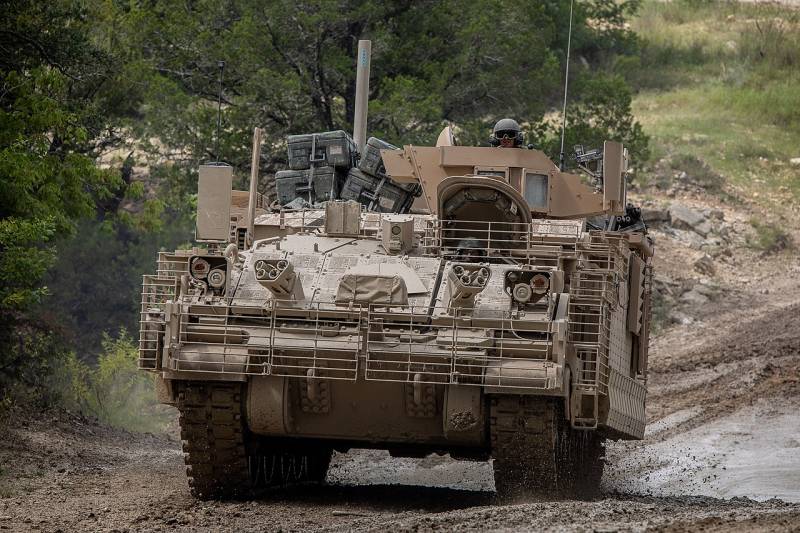
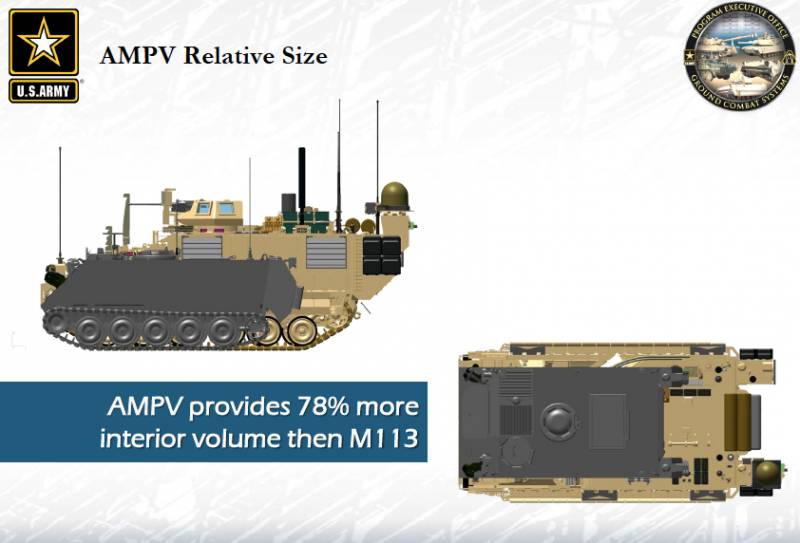
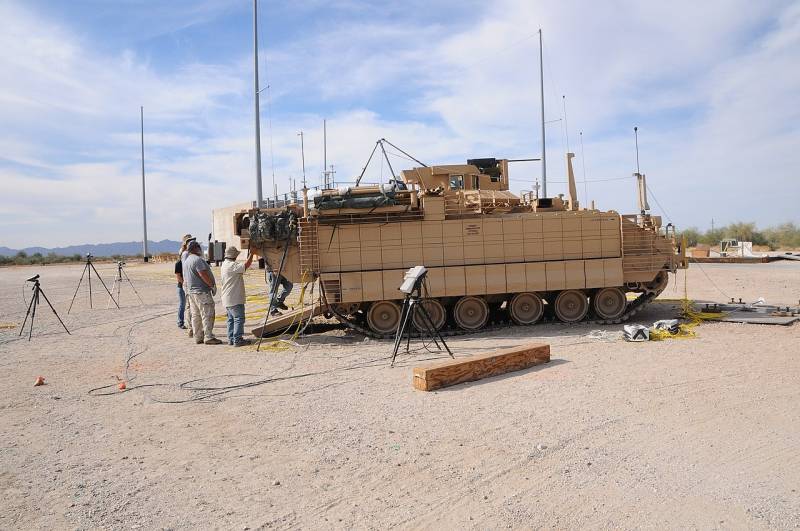
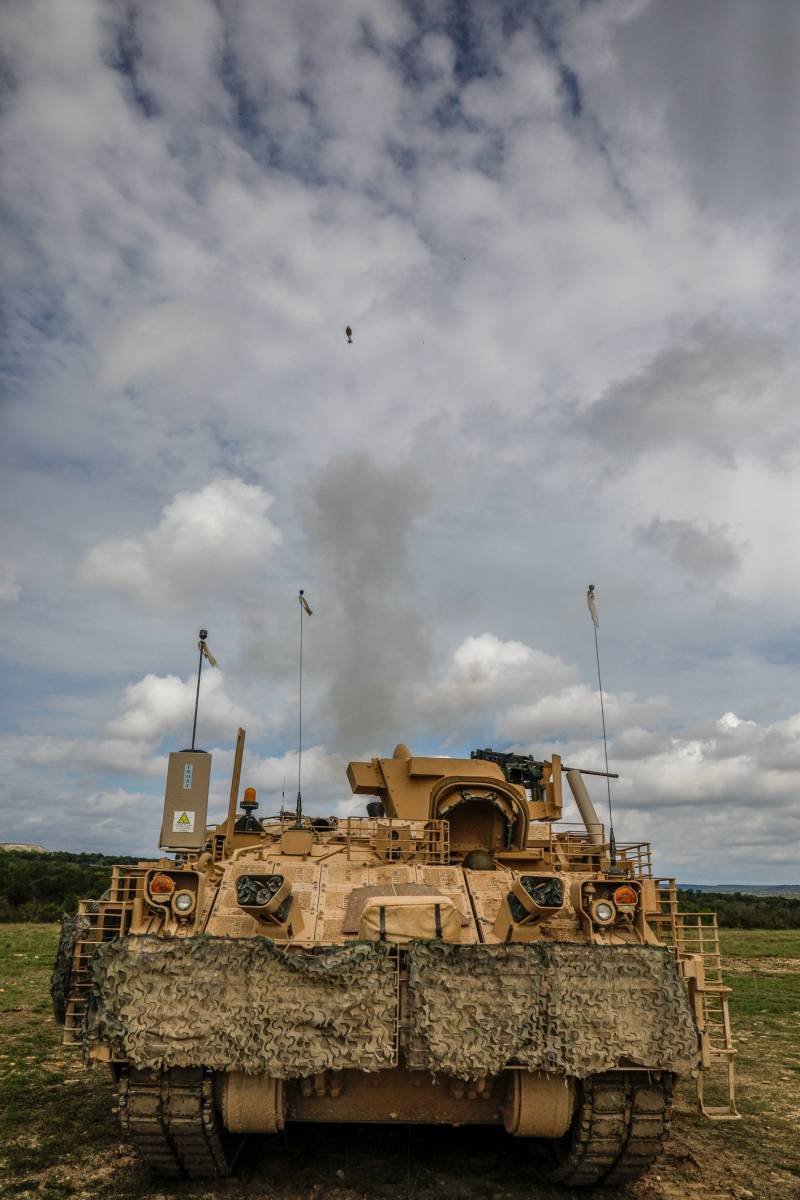
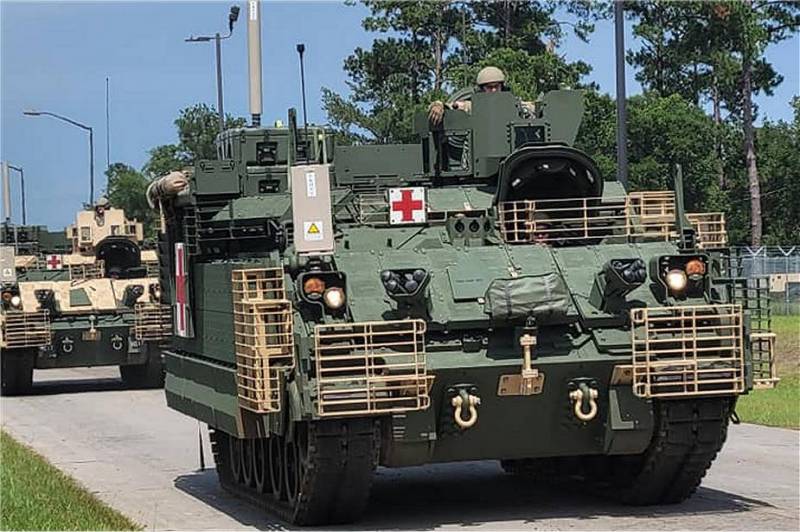
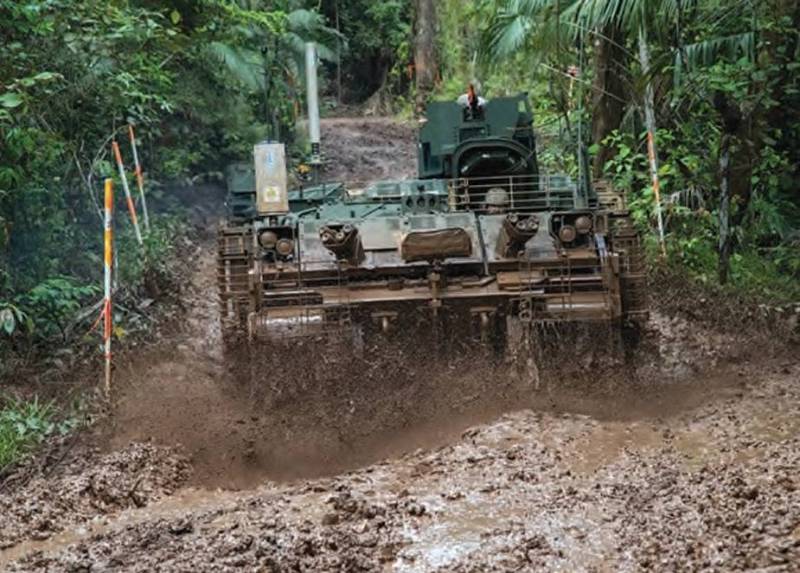
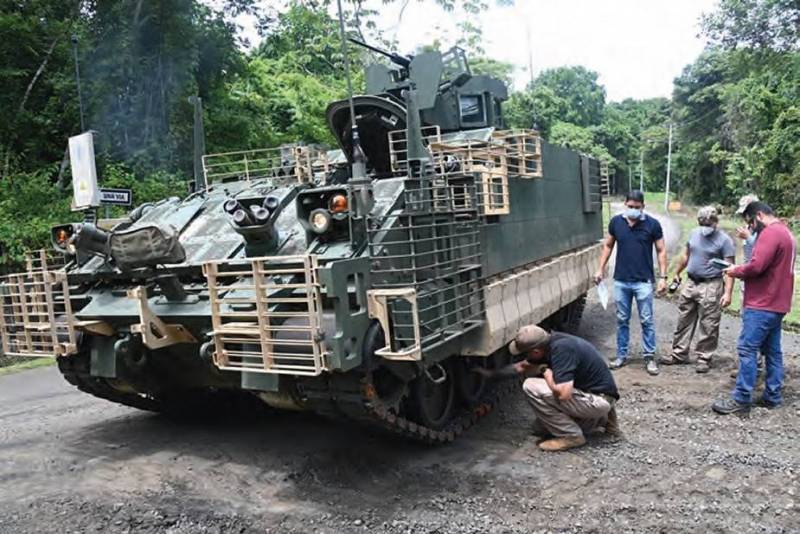
Information